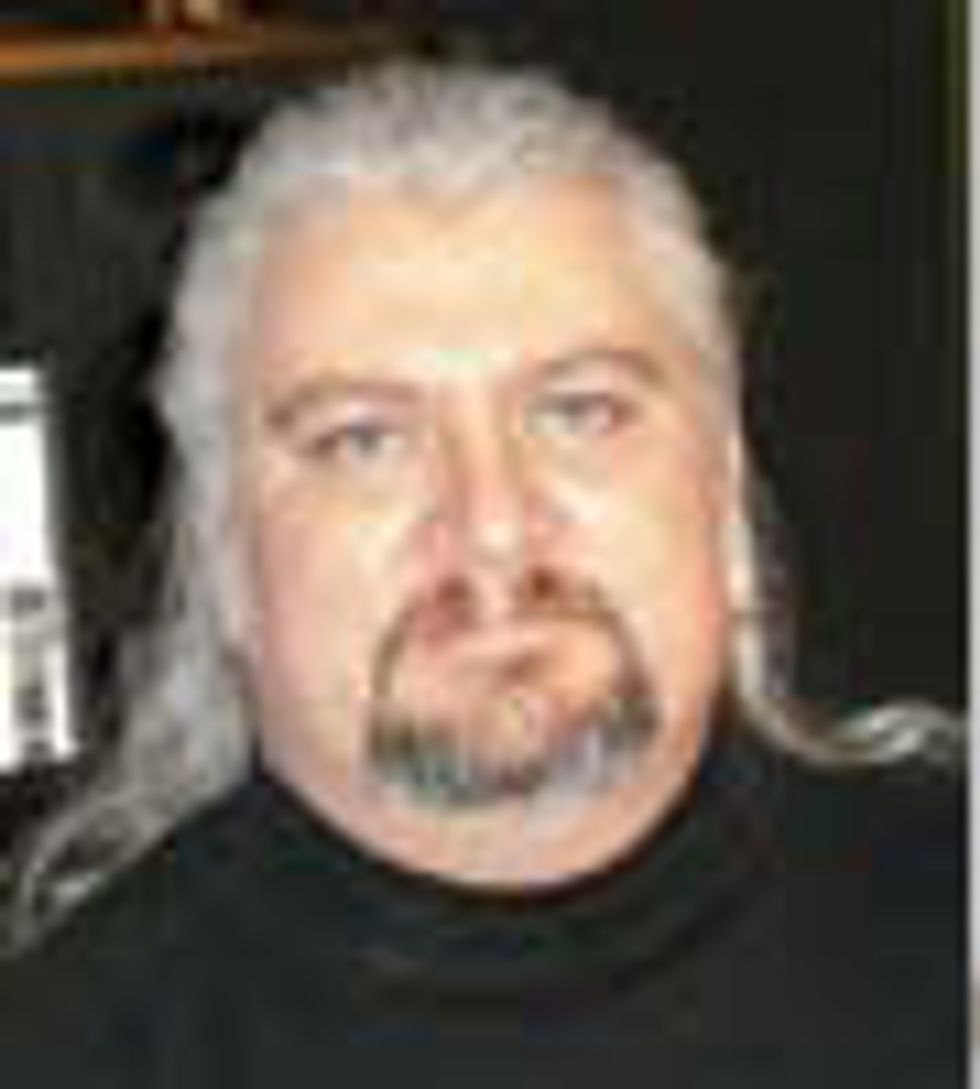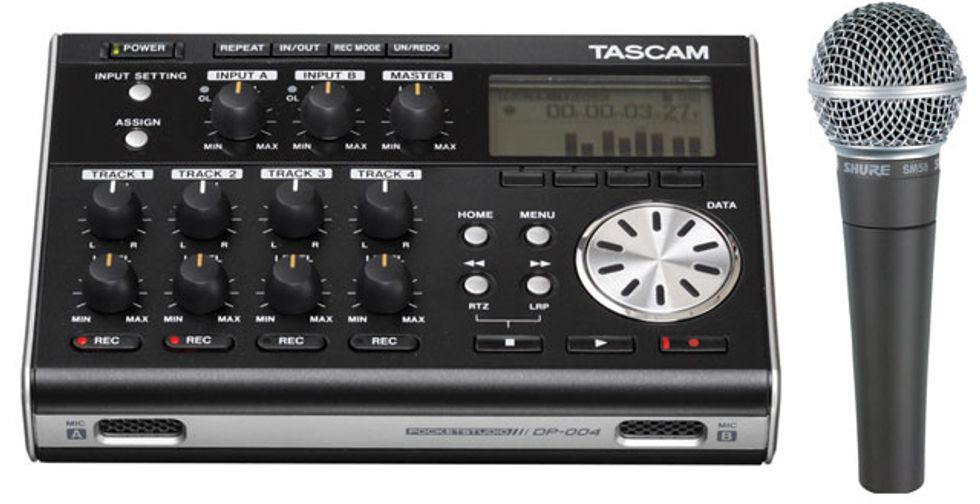I review a lot of guitar, studio, and other equipment for various print and video publishers. Because I get my hands on so much gear, I receive a lot of questions from players looking to upgrade their rigs. Most of these messages have some version of the same general question: “What’s the best ?” And my reply is almost always the same two-word answer: “It depends.” It’s really difficult to give more of an answer than that without having an in-depth conversation, because there are so many products out there and so many individual uses for them.
That can make it difficult to choose the right product for your needs and uses, especially if you don’t have a lot of experience with a particular product category. What’s my suggestion to help with this problem? You should first know what you need, which is not always the same as what you want. If you can figure out what you need a piece of gear to do, then you can narrow things down to the products that will fill that need. A list like this will go a long way toward making your decision easier, and even better, cut the list of choices down to one, two, or just a few.
At this point, you can make your decision based on which item fits your workflow best or offers the nicest selection of extras, which one you just like better, or simply choosing the least expensive option. “Least expensive” is always the last of my criteria, because all too often I’ve ended up replacing low quality, inexpensive gear with higher quality, more expensive gear. In the end, that always winds up costing more than just buying the right product in the first place. I’m not saying there isn’t gear out there that is both affordable and of good quality, or that you shouldn’t get the best deal you can. Just make sure you’re getting the right item regardless of the price, so you don’t end up paying twice.
I’ve been going through this in my studio lately. For years, I’ve been working with outside clients and projects, and I’ve tried to have a wide assortment of gear to cover any scenario that may present itself. Due to time limitations, I’ve recently made the decision to focus more on my own personal projects in my studio. With this in mind, I’m re-thinking the gear I currently have and am turning a lot of it over for items that will better suit what I want to do. I’m being ruthless about this since I have far less of a need to keep gear around “just in case” anymore. Out it goes if I don’t see an actual use for a piece of gear, even if it is a great item. Sure, it’s hard to let some of those cool pieces of equipment go, especially after I’ve had them for many years, but there is a payoff. I can get the right gear for my needs, streamline my workflow, and keep the focus on making music—which is where I want my focus. Let’s take a look at the steps in the process.
Have the end in sight.
Owning gear isn’t the goal. The
goal is to create music, and the
equipment is simply what you
need to reach that goal. So for
the first step, figure out what
you want to do. What do you
want to accomplish musically?
How will your rig be used? What
applications will you have? For
example, I realized that even
though I had a nice assortment
of mics and other gear that could
record a live, acoustic drum kit,
I probably won’t be doing that in
my studio anymore. I also probably
won’t be recording an entire
band while playing live. I may
go to outside studios to do these
sorts of things, but I won’t do
them in my room. So, I sat down
to make a combined list of what
I do in my studio now and what
I want to be able to do in the
future, arriving at the following:
• Track electric guitar.
• Track various acoustic
instruments, such as steelstring
and classical guitar,
mandolin, harmonica,
small hand percussion,
possibly piano, and so on.
• Track electric bass.
• Track electronic keyboards.
• Track electronic drum kits.
• Track vocals.
• Create final mixes of songs.
• Master final recordings
for release.
I also looked at the number of players or singers I record at one time. The maximum number I arrived at was four or five, including electronic drums, bass, one or two guitars, and vocal. Your list might be very different. Maybe you record acoustic drum kits on a regular basis. Maybe you track a full band while all members are playing at once. Maybe you just record yourself playing steel-string guitar.
Figure out what gets you
there.
Now that you have a list
of what you want to do, you
can make a list of what you
need for each item to happen.
What instruments and voices
do you need to mic up? How
many inputs do you need on
your audio interface? Do you
need external mic preamps or
processing outside of what is in
your interface? Will you and your
musicians monitor the sound
using headphones or studio
speakers? If everyone will be using
headphones, does each player
need a separate mix, or can you
all listen to the same mix?
Your assignment for next time is to make a list of things you want to accomplish in your studio, and then begin to make a list of the gear required to accomplish each item on this list. When we come back next month, we’ll look at how to fill those requirements.
 Mitch Gallagher is
the former editor in chief of
EQ magazine. He’s written
more than 1000 articles
and six books on recording
and music technology, and
has released an instructional
DVD on mastering. His upcoming book is
entitled Guitar Tone: Pursuing the Ultimate
Electric Guitar Sound. To learn more, visit
mitchgallagher.com.
Mitch Gallagher is
the former editor in chief of
EQ magazine. He’s written
more than 1000 articles
and six books on recording
and music technology, and
has released an instructional
DVD on mastering. His upcoming book is
entitled Guitar Tone: Pursuing the Ultimate
Electric Guitar Sound. To learn more, visit
mitchgallagher.com.



























